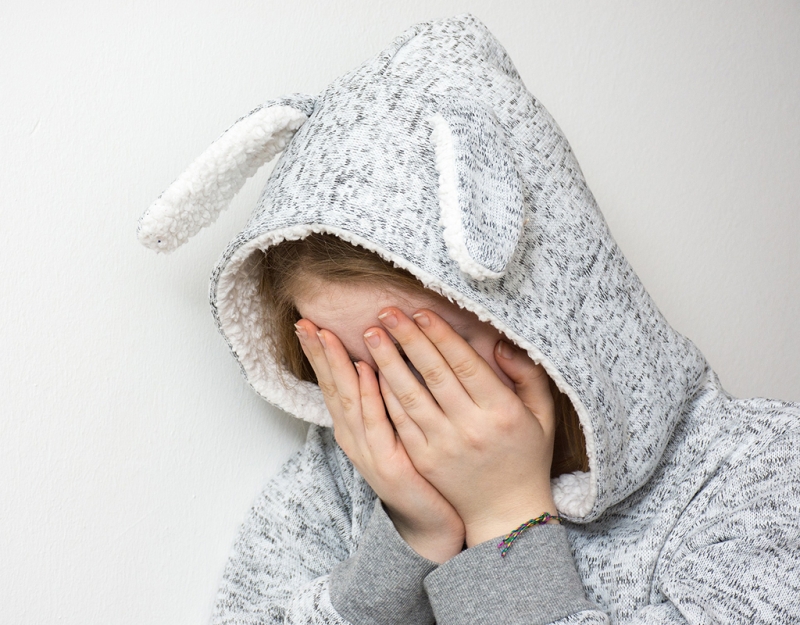Definitions of bullying
According to the National Centre Against Bullying, there are five different kinds of bullying behaviour. They are:
1. Physical bullying: when physical actions such as hitting, poking, tripping or pushing, are used to hurt and intimidate. Repeatedly and intentionally damaging someone’s belongings is also physical bullying, says the centre.
2. Verbal bullying: involves the use of negative words, like name calling, insults, homophobic or racist slurs, or words used to intentionally upset someone.
3. Social bullying: when lies, the spreading of rumours or nasty pranks are used. This includes repeated mimicking and deliberate exclusion.
4. Psychological bullying: involves the repeated and intentional use of words or actions which can cause psychological harm. Examples include intimidation, manipulation and stalking.
5. Cyber bullying: this is the big one at the moment and is when technology is used to verbally, socially or psychologically bully. It can occur in chat rooms, on social networking sites, through emails or on mobile phones.
Bullying isn’t
- mutual arguments and disagreements
- single episodes of social rejection or dislike
- single-episode acts of nastiness or spite
- random acts of aggression or intimidation.
This article was written by Fiona Baker, former editor in chief of Mother & Baby, Pregnancy & Birth and Wondertime magazines, for Kidspot, New Zealand’s leading parenting and pregnancy resource. Sources include Bullying No Way , National Centre Against Bullying, Raising Children Network, Bullying Hurts brochure







Leave A Comment
You must be logged in to post a comment.